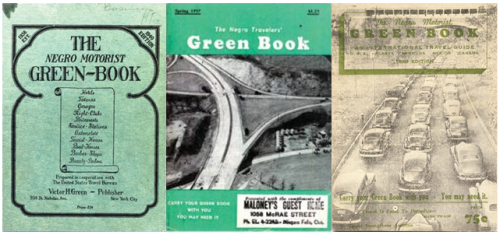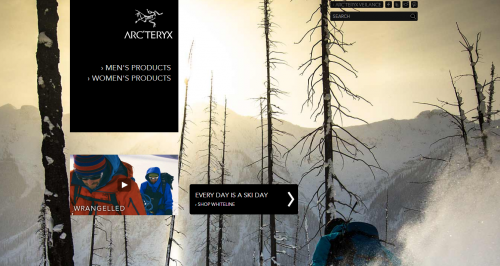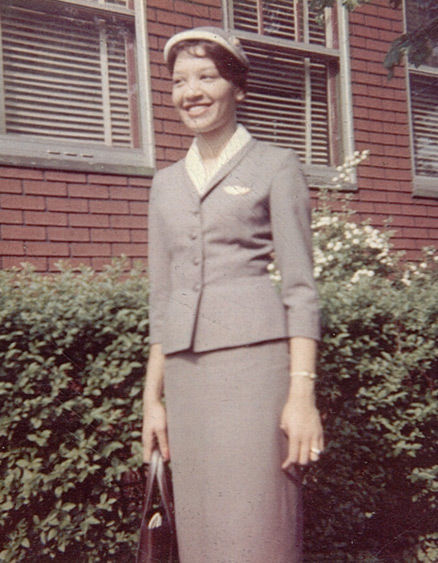We’re celebrating the end of the year with our most popular posts from 2013, plus a few of our favorites tossed in. Enjoy!
I have driven across the United States several different times. I always enjoy the experience. It reminds me of just how vast and diverse this country really is, in terms of both its nature and culture. Catching up with a friend after such a trip, I discovered that he’d never driven across the country and I insisted that he absolutely must. “Lisa,” he said intensely, lowering his head, “not everyone is welcome in every small town in America.” My friend, you might guess, was Black.
It was a memorable lesson about my own white privilege.
This was in the 2000s, but I couldn’t help but think of it when I learned about the Green Book. A story on NPR about the book starts with the following summary:
In part, the Jim Crow era could be defined by the places African-Americans could go and the places they couldn’t. In the towns and cities where they lived, of course, blacks knew where they were welcome. On the road, though, who knew which restaurants and hotels, beauty shops and night clubs would slam doors in their faces?
The answer was “The Negro Motorist Green Book.” First published in 1936, and revised and re-published for almost 30 years, it helped Black people travel across a hostile America.
Green wasn’t just the color. It was named after the book’s author — Victor Green — who was a postal worker. Most African Americans were familiar with where they could and couldn’t go in their own cities. So Green used his connections through the post office to collect lists from all over America, and even some other countries. These lists were invaluable to Black travelers.
Even in the depth of Jim Crow, however, Green dreamed of a better time. In the introduction he wrote (source):
There will be a day sometime in the near future when this guide will not have to be published. That is when we as a race will have equal rights and privileges in the United States.
His dream, I suppose, sort of did and sort of didn’t come true. The Green Book is out-of-print. Yet men and women like my friend still have good reason to feel uncomfortable showing their face in unfamiliar places.
Book covers borrowed from Electronic Village, AutoLife, and Phoenix Magazine. You can see a complete pdf of the book here.
Lisa Wade, PhD is an Associate Professor at Tulane University. She is the author of American Hookup, a book about college sexual culture; a textbook about gender; and a forthcoming introductory text: Terrible Magnificent Sociology. You can follow her on Twitter and Instagram.














